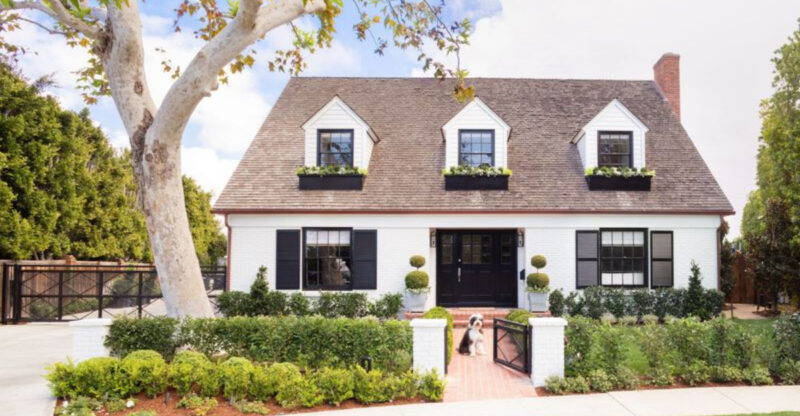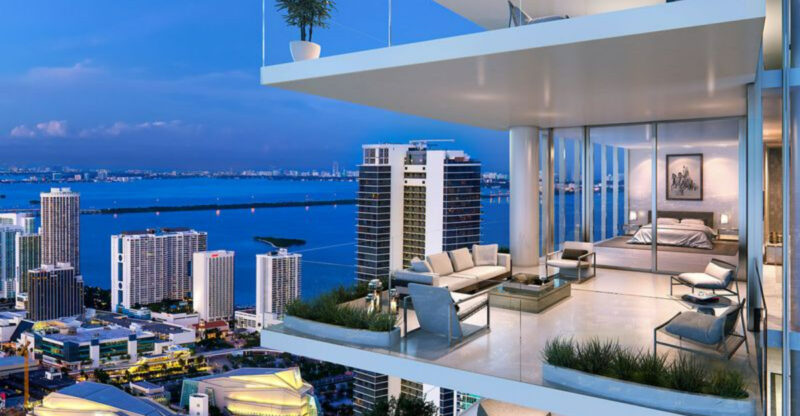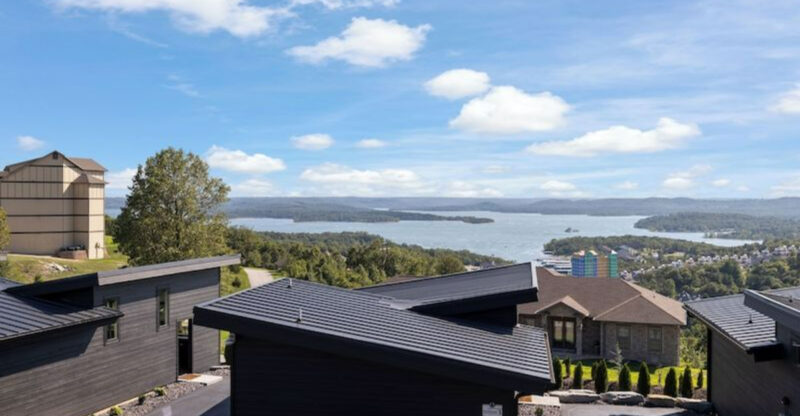2025 Real Estate Watch 10 Falling Markets VS 10 Fast-Rising Opportunities

The real estate landscape is shifting dramatically as we approach 2025.
Some once-hot markets are cooling down while unexpected cities are heating up. These changes are reshaping investment strategies and homebuying decisions across America.
I’m seeing a clear pattern of tech hubs struggling while smaller, lifestyle-focused cities are booming.
1. San Francisco’s Tech Exodus
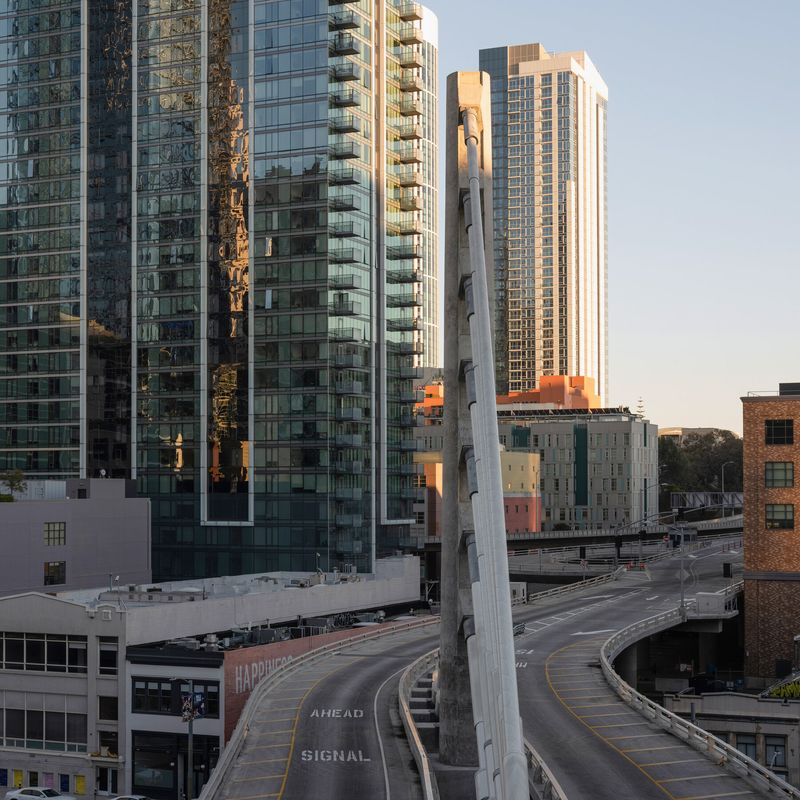
Remote work has pulled the rug out from under San Francisco’s housing market. Tech workers no longer need to pay premium prices to live near Silicon Valley offices, causing a steady decline in property values.
High taxes, crime concerns, and homeless issues have further accelerated the exodus. Many luxury condos sit vacant while landlords offer increasingly desperate concessions to attract tenants.
Housing prices have already dropped 15% from their peak and may fall another 10-12% by 2025. If you’re currently invested here, consider diversifying elsewhere or holding for the very long term.
2. Portland’s Fading Hipster Appeal

Portland’s once-irresistible charm has dimmed considerably. The city that was a magnet for young creatives is now seeing them leave in droves, driven away by rising crime rates and persistent urban problems.
Downtown retail vacancies have skyrocketed, creating a negative feedback loop for nearby residential properties. The work-from-home revolution has eliminated the need to live in this pricey metro area.
Housing inventory has swelled to nearly double pre-pandemic levels, giving buyers unprecedented leverage. Expect prices to drop another 8-10% by 2025, with the condo market taking the hardest hit as buyers seek more space elsewhere.
3. Seattle’s Rainy Day Reality Check
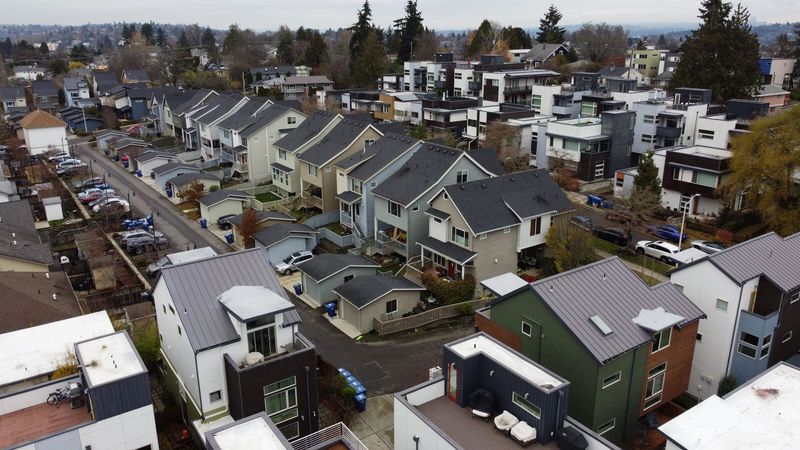
The Emerald City’s housing market is losing its luster. Amazon’s hybrid work model and tech layoffs have dramatically reduced the pool of high-earning buyers willing to pay premium prices for Seattle homes.
Weather has always been a drawback, but without the compensating career advantages, many residents are questioning why they pay so much to live under perpetually gray skies. Luxury condos downtown have been particularly hard hit, with some selling for 20% below their 2021 purchase prices.
Inventory has doubled since 2021, and days-on-market have tripled in many neighborhoods. By 2025, expect overall prices to be 12-15% below their peak, with some premium areas falling even further.
4. New York City’s Post-Pandemic Blues
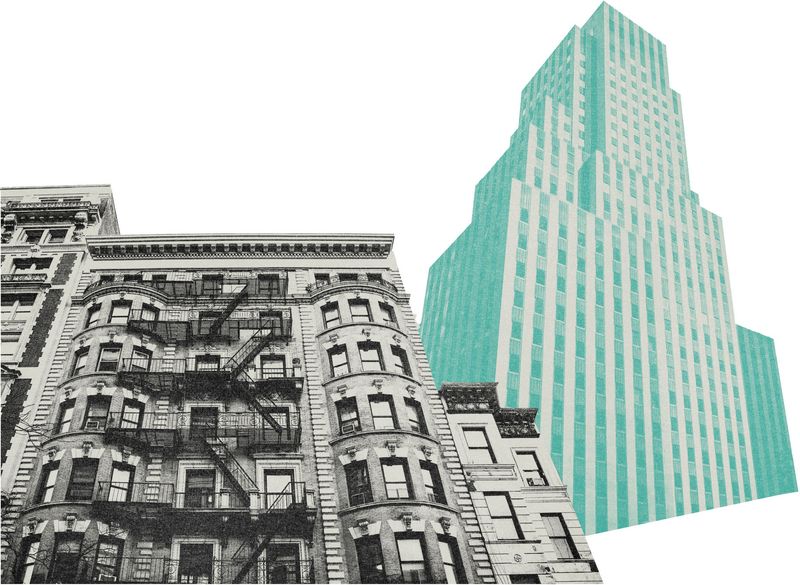
Manhattan’s allure has dimmed as remote work reshapes how we live. Commuting no longer dictates housing choices, and many former New Yorkers have discovered they prefer more space and lower costs elsewhere.
Crime concerns and quality-of-life issues have further dampened enthusiasm for city living. The luxury market has been hit especially hard, with some high-end properties selling for 30% below their asking prices.
Commercial real estate woes are compounding the problem as office buildings sit half-empty. By 2025, expect overall residential prices to be 15-20% below their peaks, with some neighborhoods seeing even steeper declines as inventory continues to grow faster than demand.
5. Denver’s Mountain High Comedown
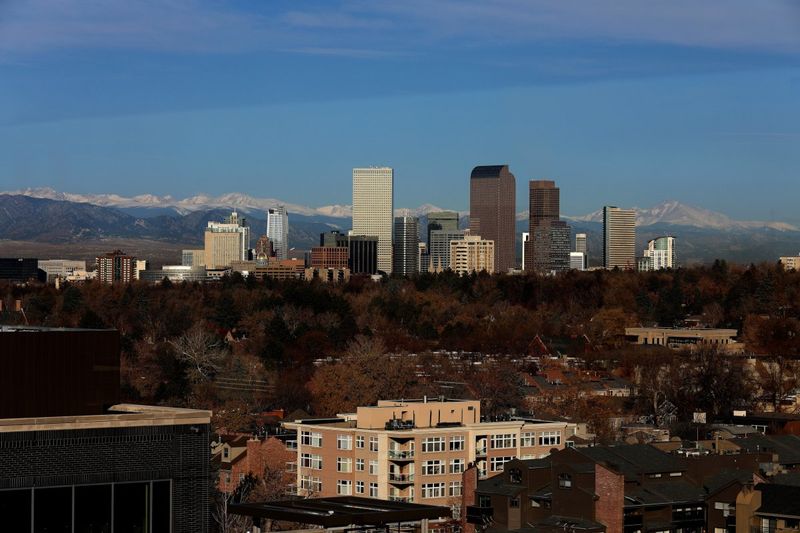
Denver’s housing market is experiencing altitude sickness after years of dizzying growth. The pandemic-fueled mountain lifestyle premium has evaporated as interest rates have climbed and remote work options have expanded nationwide.
Overbuilding has flooded the market with inventory just as demand is cooling. Many recent transplants have discovered that winter weather and traffic congestion don’t match the idyllic Colorado lifestyle they imagined.
Homes are now sitting on the market three times longer than in 2021, and price cuts have become the norm rather than the exception. By 2025, expect overall prices to be 10-15% below their peak, with the newest developments and luxury condos suffering the most significant drops.
6. Austin’s Overcrowded Tech Hub

Austin’s rocket-ship rise is running out of fuel. The city that seemingly couldn’t build houses fast enough now faces the opposite problem – too much inventory as demand cools dramatically.
Traffic has become unbearable, temperatures are breaking records, and the quirky charm that made Austin famous has been diluted by rapid growth. Many tech workers who relocated during the pandemic have become disillusioned with rising costs and infrastructure challenges.
New construction completions are flooding the market just as buyer enthusiasm wanes. By 2025, expect prices to fall 12-18% from their peaks, with some newer suburban developments seeing even steeper declines as builders offer increasingly generous incentives to move unsold inventory.
7. Los Angeles’ Fading Star Power
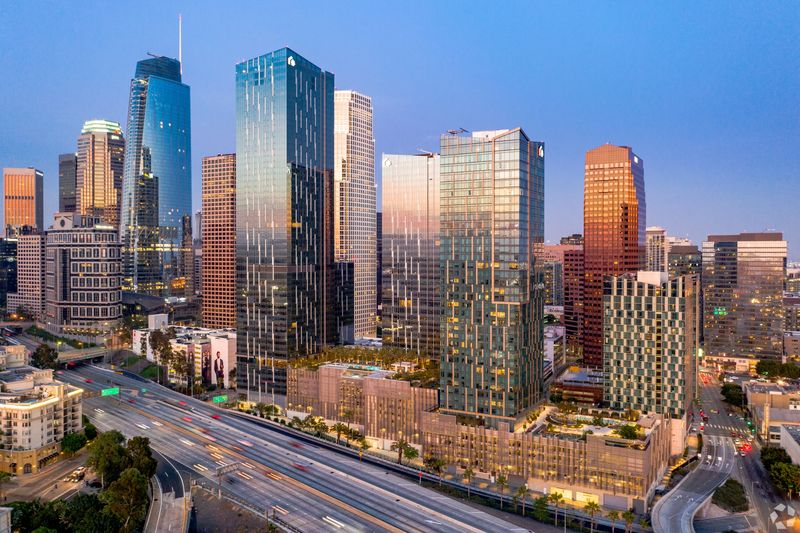
The City of Angels is losing its housing market halo. Hollywood’s streaming revolution means entertainment industry jobs no longer require physical presence, allowing talent to live anywhere while working remotely.
Persistent homelessness, traffic nightmares, and high taxes have further dampened enthusiasm for LA living. Water restrictions and wildfire risks add environmental concerns to the economic challenges.
Luxury properties in prime areas have seen the steepest declines, with some selling for 25% below their asking prices after months on the market. By 2025, expect overall prices to be 15-20% below their peak, with some overbuilt areas seeing even more dramatic corrections as inventory continues to outpace demand.
8. Chicago’s Windy City Windfall Loss
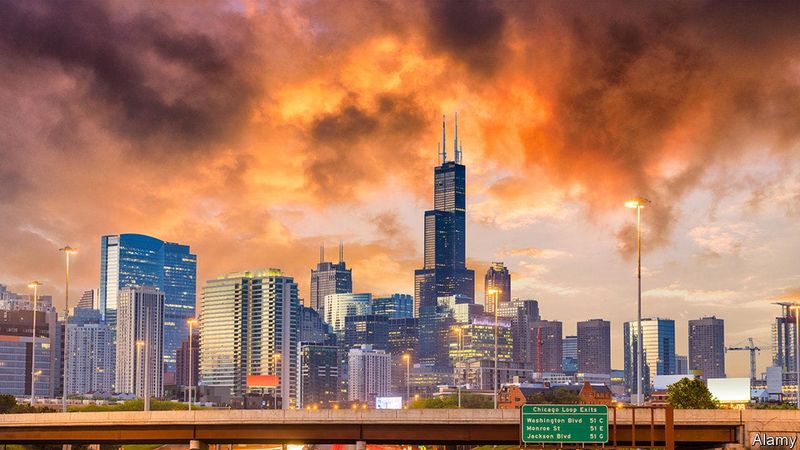
Chicago’s housing market is caught in a perfect storm of challenges. Rising crime concerns, high taxes, and political uncertainty have combined with remote work trends to accelerate outmigration from this historic city.
Downtown condos have been particularly hard hit as urban amenities became less attractive during and after the pandemic. Many buildings now have double-digit vacancy rates, forcing desperate sellers to accept offers far below their purchase prices.
Commercial real estate woes are compounding residential problems as office buildings sit half-empty. By 2025, expect overall home prices to be 12-15% below their pre-pandemic levels, with some downtown areas seeing even steeper declines as inventory continues to grow while buyer pool shrinks.
9. Minneapolis’ Frozen Market Outlook

Minneapolis is facing a housing market deep freeze. Social unrest, harsh winters, and remote work have combined to make this once-stable market increasingly volatile and trending downward.
Downtown areas have been particularly hard hit as urban amenities became less attractive during and after the pandemic. Many who can work remotely are questioning why they endure the brutal winters when they could live somewhere warmer.
Corporate relocations have further reduced the pool of potential high-income buyers. By 2025, expect prices to be 10-15% below their peak, with condos and luxury properties seeing the steepest declines. First-time buyers may find opportunities, but investors should proceed with extreme caution in this challenging market.
10. Washington D.C.’s Political Power Outage

The capital’s housing market is facing unprecedented headwinds. Federal government work-from-home policies have eliminated the need for many employees to live near their offices, dramatically reducing demand for nearby housing.
High crime rates in certain areas and astronomical housing costs have further dampened enthusiasm for D.C. living. Many luxury condos built during the last boom now sit vacant or are selling at significant losses.
The ripple effects extend deep into Virginia and Maryland suburbs. By 2025, expect overall prices to be 10-15% below their peak, with some neighborhoods seeing even steeper declines. The market may eventually stabilize, but recovery will likely be slow and uneven across this once-reliable housing market.
11. Tampa’s Sunshine State Gold Rush

Tampa has transformed from vacation destination to permanent paradise for thousands of remote workers. The combination of no state income tax, year-round sunshine, and relatively affordable housing has created insatiable demand.
Major companies are following their employees, establishing satellite offices that further fuel the market. New developments are selling out before construction even begins, and existing homes often receive multiple offers within days of listing.
Infrastructure improvements and cultural amenities are keeping pace with growth. By 2025, expect prices to be 20-25% higher than today, with waterfront properties seeing even greater appreciation. Smart investors are moving quickly to secure properties before the next wave of transplants arrives.
12. Raleigh’s Research Triangle Boom
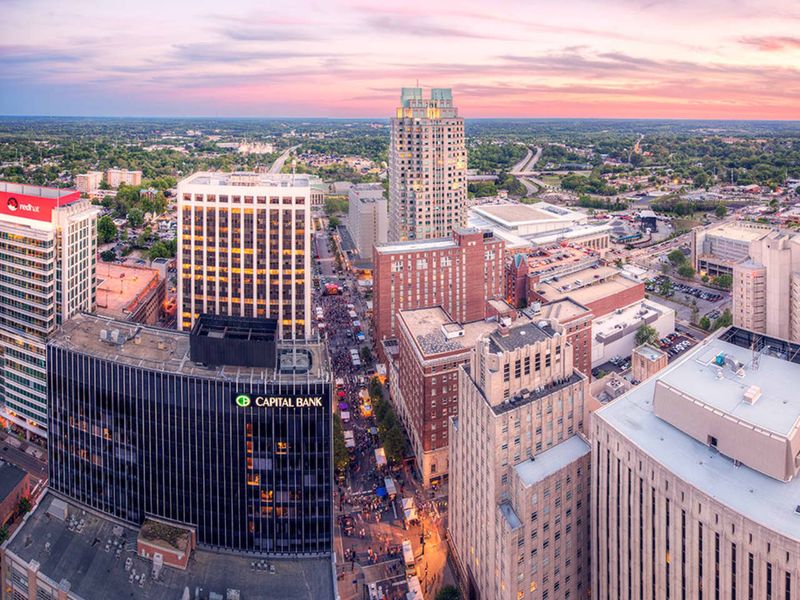
Raleigh’s perfect storm of education, innovation, and affordability is creating unprecedented housing demand. The Research Triangle continues attracting top tech and biotech companies, bringing high-paying jobs and housing-hungry employees.
Unlike many tech hubs, Raleigh has maintained its affordability advantage while offering excellent quality of life. New developments are transforming the skyline, yet demand still outpaces supply in most neighborhoods.
The city’s family-friendly reputation and strong school systems further fuel the market. By 2025, expect prices to be 15-20% higher than today, with some premium areas seeing even greater appreciation. Investors who act now will likely see strong returns as this growth trajectory continues for years to come.
13. Boise’s Mountain West Renaissance
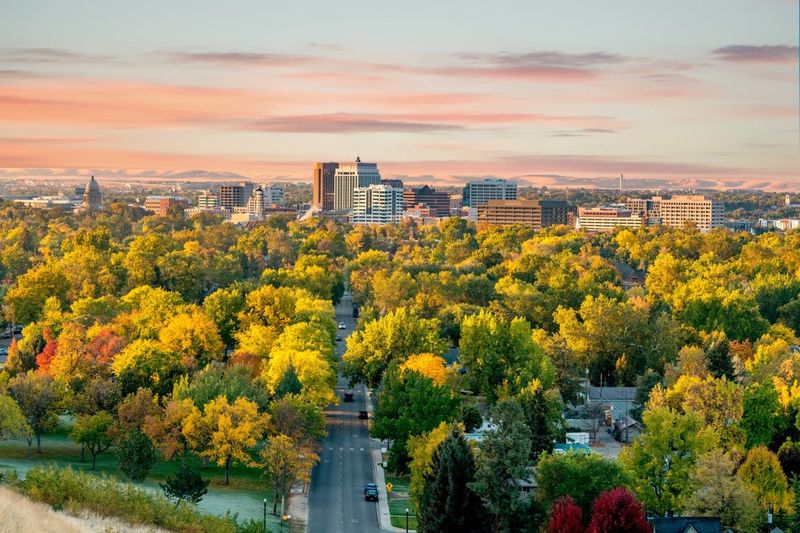
Boise has bounced back stronger after a brief pandemic-related correction. This Idaho gem offers the perfect combination of outdoor lifestyle, growing tech presence, and relative affordability compared to western coastal cities.
The temporary slowdown has actually helped the market by allowing infrastructure to catch up with population growth. New restaurants, cultural venues, and improved transportation options have made the city even more attractive to transplants.
Housing starts have increased, but demand continues to outpace supply. By 2025, expect prices to be 15-18% higher than today, with properties offering mountain views or acreage seeing the strongest appreciation. First-time buyers should act soon before this market becomes as unaffordable as the places people are fleeing.
14. Huntsville’s Aerospace Ascent

Huntsville’s housing market is reaching for the stars, powered by aerospace, defense, and technology sectors. NASA’s Marshall Space Flight Center and the Redstone Arsenal provide thousands of high-paying jobs that fuel housing demand.
The city offers an unbeatable combination of southern hospitality, cutting-edge career opportunities, and housing costs far below national averages. New developments are transforming the skyline, yet demand continues to outpace supply.
Education investments and infrastructure improvements further enhance the city’s appeal. By 2025, expect prices to be 20-25% higher than today, with properties near employment centers seeing the strongest appreciation. Investors who recognize this growth trajectory before the national spotlight fully hits will reap the greatest rewards.


